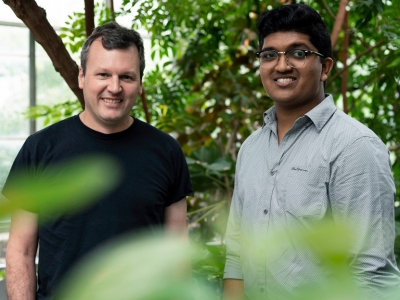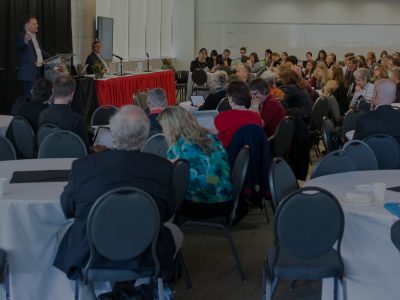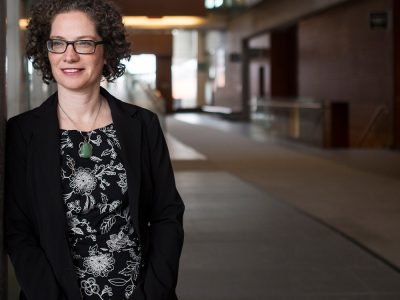Carleton Professors Rediscover Ancient Burial Ground
By Dan Rubinstein
Photos by Justin Tang
Archaeologists piece together clues about the past by digging in the dirt, but sometimes their findings are lost to the ravages of time. Writers, on the other hand, do some of their best historical sleuthing by sifting through online databases.
So when Carleton Journalism Prof. Randy Boswell tripped across an 1860 article in an obscure journal while at home on his couch, he and collaborator Jean-Luc Pilon, an archaeology curator at the Canadian Museum of History and an adjunct professor at the university, could finally complete a puzzle that had been confounding historians for more than 150 years.
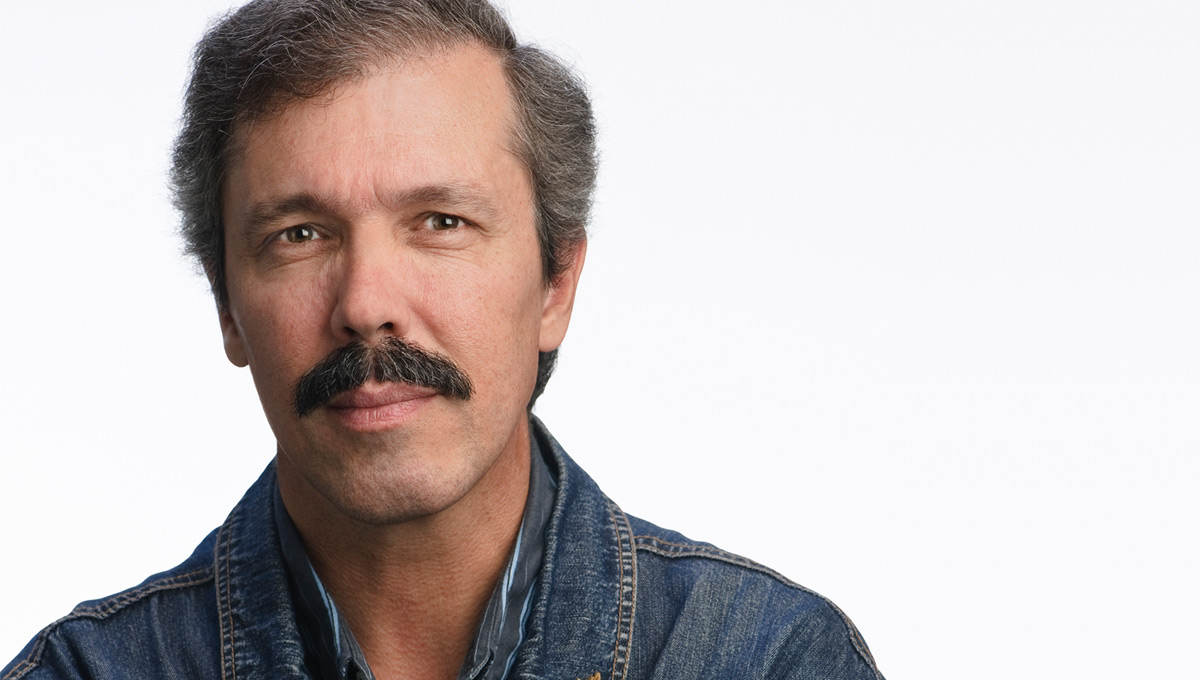
Adjunct Research Prof. Jean-Luc Pilon
Boswell and Pilon’s rediscovery, detailed in a pair of articles published in the latest issue of the Canadian Journal of Archaeology, confirms that there was an ancient Indigenous burial ground on the sandy shore of the Ottawa River on or adjacent to the grounds of the history museum, and provides further evidence that the National Capital Region was an important cultural and economic gathering place for First Nations from throughout the area long before Ottawa became the capital of Canada.
“There’s an element of unbelievable coincidence to this story,” says Boswell, whose interest in local Indigenous history deepened in 2002 when he was covering the construction of the Canadian War Museum as a reporter with the Ottawa Citizen.
At the time, the archaeological consensus was that there was a burial ground somewhere near the intersection of Bay and Wellington streets, on the Ottawa side of the river. That belief was rooted in a vague 1853 description of the location being “about half a mile” below the Chaudière Falls, according to prominent Bytown physician and antiquarian, Dr. Edward Van Cortlandt, who had excavated the burial ground a decade earlier.
This consensus was further set in concrete in the early 1900s by amateur archaeologist T.W. E. Sowter’s emphatic insistence on that intersection as the location of the burying place.
But while writing about the archaeological digs associated with the War Museum, Boswell was searching through microfilm at the Ottawa Public Library and found a short piece published in 1843 in the Bytown Gazette that reported Van Cortlandt’s ossuary, as the burial ground was called, was in fact on the Quebec side of the river — “immediately in the rear of Bédard’s Hotel, at Hull,” the spot where the Canadian Museum of Civilization (now the Canadian Museum of History) would eventually be built.
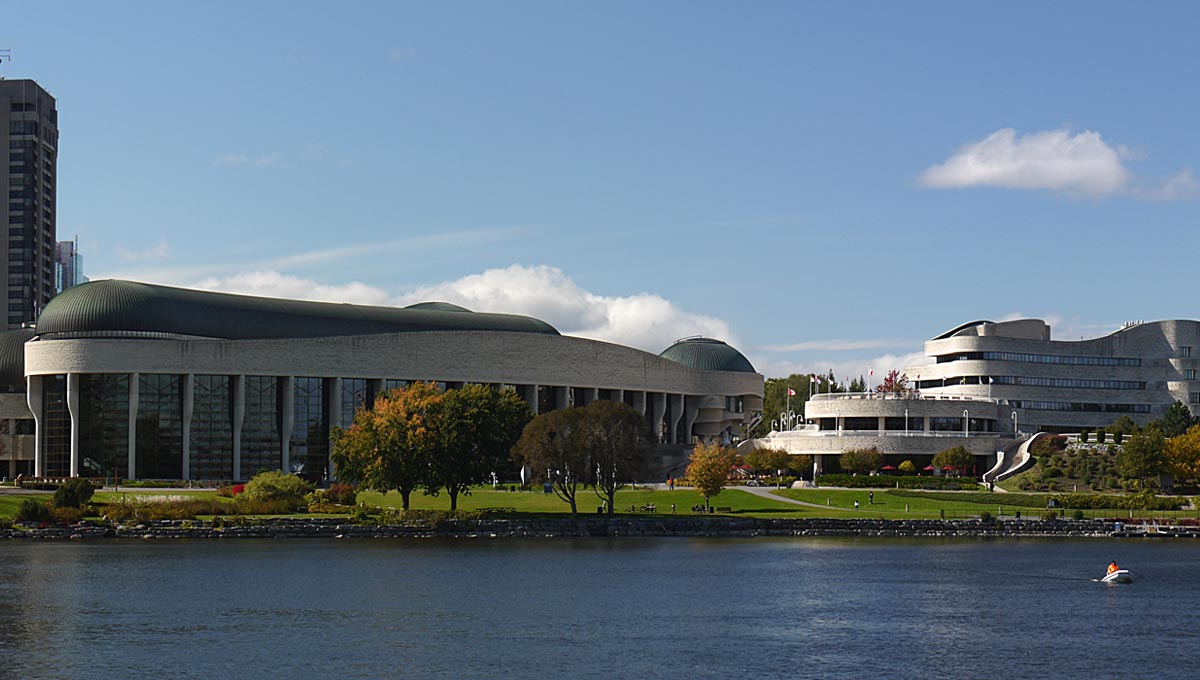
That was enough to make headlines around the country. The museum, designed by prominent Indigenous architect Douglas Cardinal, was one of Canada’s top cultural attractions. But it wasn’t conclusive enough for the archaeological community, which required more definitive evidence than a brief anonymous newspaper article.
The story stuck with Boswell, who joined the journalism faculty at Carleton full-time in 2012. Among the thousands of articles he wrote as a newspaper reporter, this was the one he wanted to revisit.
Boswell, who is also working on a biography of Van Cortlandt, an overlooked and important figure in Ottawa’s early history, chipped away at the burial ground story on and off for more than dozen years.
He teamed up with Pilon, who has done archaeological fieldwork throughout the world and is an authority on the pre-contact Indigenous past of the Ottawa-Gatineau region.
“His role is crucial,” says Boswell. “Without him it would not be possible for me to contextualize this knowledge.”
When Boswell had his eureka moment while sitting on the couch, typing a variation of Van Cortlandt’s frequently misspelled name into a search window, it confirmed “absolutely, without a doubt” that the burial ground was indeed in Gatineau.
More important, perhaps, the new information he and Pilon uncovered also unlocked a broader story about the region.
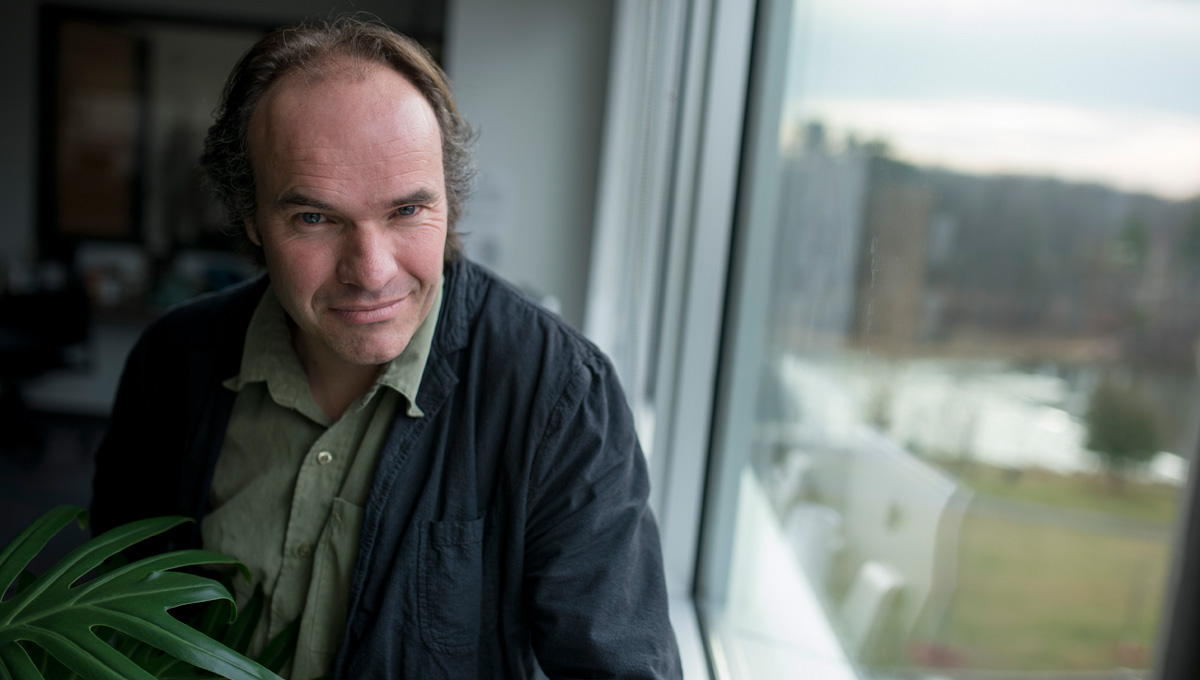
Carleton Journalism Prof. Randy Boswell
“Locating the burial ground is one thing,” says Pilon, “but putting it in relation to other sites in the area — to me, that’s the exciting part.”
Published accounts of Van Cortlandt’s second excavation of the site in 1860, not long before it became a major industrial zone covered by a sawmill and the Eddy pulp and paper mill, spoke to the size and complexity of the burial ground, which people visited for generations starting some 4,900 years ago.
Hull Landing, as the site was known, was a natural portage point for people travelling upriver around the powerful and spiritually significant Chaudière Falls — a perfect place to get off the water and camp before continuing the journey.
It’s also just upstream from the delta where the Gatineau River flows into the Ottawa, a gathering place rich with fish, game and other important resources such as fruit, roots and bark.
First Nations used this area to meet, trade and exchange information, Pilon and Boswell write in “Below the Falls,” the first of their Canadian Journal of Archaeology papers.
“This newfound information about Van Cortlandt’s examinations of skeletal remains at the site (along with a limited number of faunal remains and stone and bone implements that he also disinterred) has prompted, along with this historical study, a recalibration of the burial ground’s overall archaeological significance,” they write in the paper that follows immediately afterwards in the same CAJ issue.
“It has provided a basis, as well, for a reassessment of the broader context in which prehistoric peoples might have encountered the cemetery, the nearby confluence of the Ottawa, Gatineau and Rideau rivers, and the great waterfall (Chaudière Falls) that punctuated this ancient landscape, a destination long known to have held special spiritual significance for the area’s earliest Indigenous inhabitants.”
Most of us know very little about this region’s ancient history, says Pilon. “When people think about Ottawa-Gatineau’s past, they think about the construction of the Rideau Canal and maybe [pioneering Hull farmer and entrepreneur] Philemon Wright. Before that, it’s a nebulous bit of fog with no texture.
“These articles allow us to see something in the fog, a couple of silhouettes. It could lead to the beginning of a new understanding.”
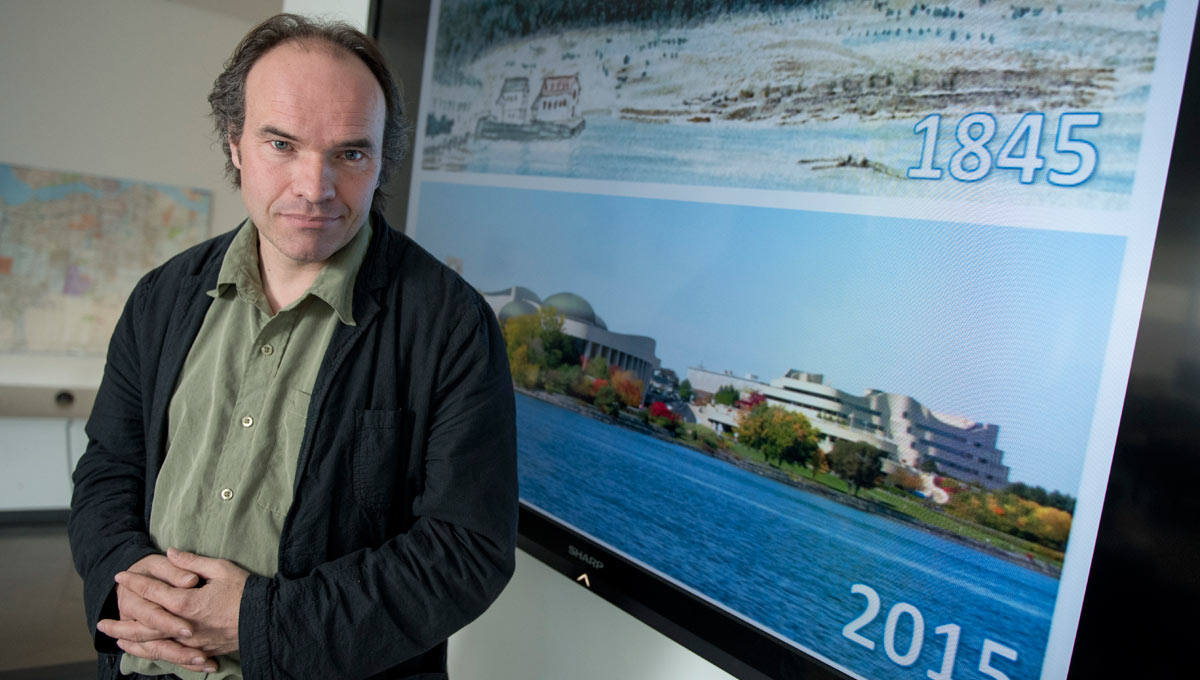
Because Van Cortlandt carried out a pair of extensive digs, and because of the location’s industrial past, there may be no more human remains at the site. Archaeological work when the Museum of Civilization was built in 1983 — former prime minister Pierre Trudeau wielded the ceremonial first shovel after paddling across the river from Parliament Hill — uncovered only remnants from the industrial era.
But Van Cortlandt did miss artifacts on his first excavation, so there’s a chance there may be more to discover hidden in the ground.
“Never say never,” Pilon replies when asked if there could one day be more excavations at Hull Landing. “There is so much to learn. We’re hardly even hitting the tip of the tip of the iceberg.
“If nothing else,” he adds, “we need to appreciate that there’s more to learn, and learning about the past helps us see where we sit in the continuum of history. A greater understanding of the people who came before us is always a good thing.
“When people go up and down the Ottawa River, they see the trees and hills. Hopefully people will also be able to imagine a historic human landscape.”
Drafts of Boswell and Pilon’s Canadian Journal of Archaeology papers were submitted as evidence in hearings about the Zibi residential, commercial and retail development on the former Domtar lands below the falls.
The development is still proceeding, but Boswell hopes this new information and context informs future conversations. “A full awareness of the ancient Aboriginal presence in this area is important,” he says.
His collaboration with Pilon, which benefited from the contrast of their journalistic and scientific approaches, also demonstrates the role of newspaper archives in historical and archaeological research.
“Old newspapers are an underexploited and undervalued resource,” says Boswell. “They can help you discover — or rediscover — some incredible things.”
Friday, December 4, 2015 in Archaeology, Journalism and Communication, Research
Share: Twitter, Facebook
